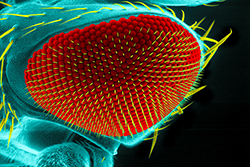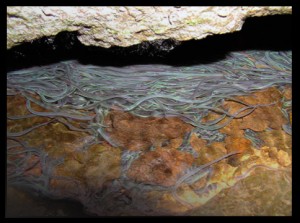by Richard William Nelson | Nov 28, 2014

Charles Darwin‘s fascination with insects began early in life. While studying at Cambridge University, his interest continued with earnestness, as he sent James Francis Stephens, his professor of entomology (insects), specimens and descriptions of the critters.
At the time, discussing the evolution of insect genetics would have been as relevant as discussing moon landings. Just months before setting sail on the HMS Beagle in 1831, Stevens published his recognition of Darwin’s work on insects (pictured right) in his widely popular Illustrations of British Entomology.
Continue Reading
by Richard William Nelson | Nov 4, 2014
 The European eel illustrates exactly why Charles Darwin’s theory of evolution has continued to be on the wrong side of science. Darwin once argued that.
The European eel illustrates exactly why Charles Darwin’s theory of evolution has continued to be on the wrong side of science. Darwin once argued that.
“By the theory of natural selection, all living species have been connected… So that the number of intermediate and transitional links, between all living and extinct species, must have been inconceivably great.”
Since the publication of The Origin of Species in 1859, Darwin’s “inconceivably great” number of evolutionary transitional links in the fossil record over the past 150 years remains missing despite the vast discovery of fossils.
Continue Reading


 The
The 